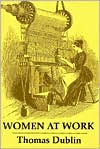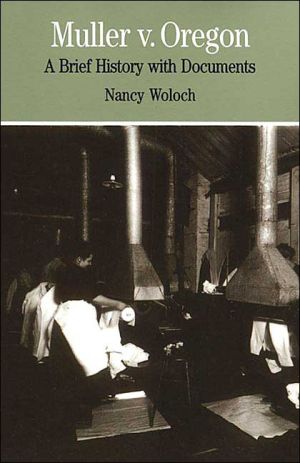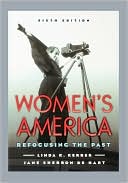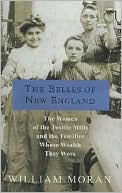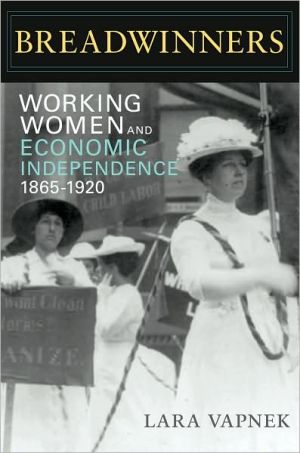Women at Work: The Transformation of Work and Community in Lowell, Massachusetts, 1826-1860
In this prize-winning study, Thomas Dublin explores, in carefully researched detail, the lives and experiences of the first generation of American women to face the demands of industrial capitalism. Dublin describes and traces the strong community awareness of these women from Lowell and relates it to labor protest movements of the 1830s and '40s.\ Columbia University Press\ \ \ Women at Work tells of the first generation of women to enter industrial employment by...
Search in google:
Until the nineteenth century, women were largely confined to work in the home. But in the years between 1820 and 1860 the rise of the cotton textile industry in New England radically altered women's working and living patterns. Thousands of single, young women left the homes of their parents to work in the growing mill towns and to live together in the company boardinghouses. This was the first generation of American women to face the demands of industrial capitalism. Women at Workdetails the lives of this first generation in Lowell, Massachusetts -- America's leading factory town in the middle decades of the nineteenth century. The mill experience bridged the gap between rural and urban life, as Yankee women from the countryside brought to the mill towns the rich kinship and friendship networks indigenous to preindustrial America. Thomas Dublin shows how these rural values, transplanted to Lowell's factories and boardinghouses, contributed to the emergence of a close-knit community of women workers.Recounting the birth of the American textile industry and the rise of Lowell, Dublin analyzes the social relations in the early mills, the boardinghouse community, the strikes of the 1830s, and the Ten Hour Movement organized for the reduction of hours in the 1840s. He then describes the influx of Irish and other immigrant workers who displaced the Yankee women workers and brought about the transformation of the community. The immigrant workers lived in private tenements rather than in the company boardinghouses, a family labor system replaced one consisting primarily of young, single women, and more stringent working conditions and wage cuts undermined the previousstandards. The unprecedented first period of the American women's labor movement had passed.
TablesIllustrationsPrefaceAcknowledgements\ Chapter 1: Women Workers and Early IndustrializationChapter 2: The Early Textile Idustry and the Rise of LowellChapter 3: The Lowell Work Force, 1836, and the Social Origins of Women WorkersChapter 4: The Social Relations of Production in the Early MillsChapter 5: The BoardinghouseChapter 6: The Early Strikes: The 1830sChapter 7: The Ten Hour Movement: The 1840sChapter 8: The Transformation of Lowell, 1836-1850, and the New NMill Work Force Chapter 9: Immigrants in the Mills, 1850-1860Chapter 10: Housing and Families of Women OperativesChapter 11: Careers of Operatives, 1836-1860Chapter 12: The Operatives' Response, 1850-1860\ Appendixes1. Preparation of the Hamilton Company Payroll, 18362. The Social Origins Study3. The Hamilton Company Work Force, August 1850 and June 18604. The 1860 Millhand Sample5. Sources of Bias and Considerations of Representativeness\ Columbia University Press
\ The NationalOf the many books of Lowell's operatives, only Dublin's perceives the indissoluble relationship of consciousness and material reality. He has explored this history with better judgment and more sensitivity toward the common life of Lowell's female labor force than any other scholar of our day.\ \ \ \ \ \ Yale ReviewGiven the many vantage points from which the Lowell experience can be viewed, it is doubtful that any one study can be 'definitive,' but Dublin has made long strides toward that goal. His lucid presentation and analysis of evidence make Women at Work a model of social history.\ \ \
